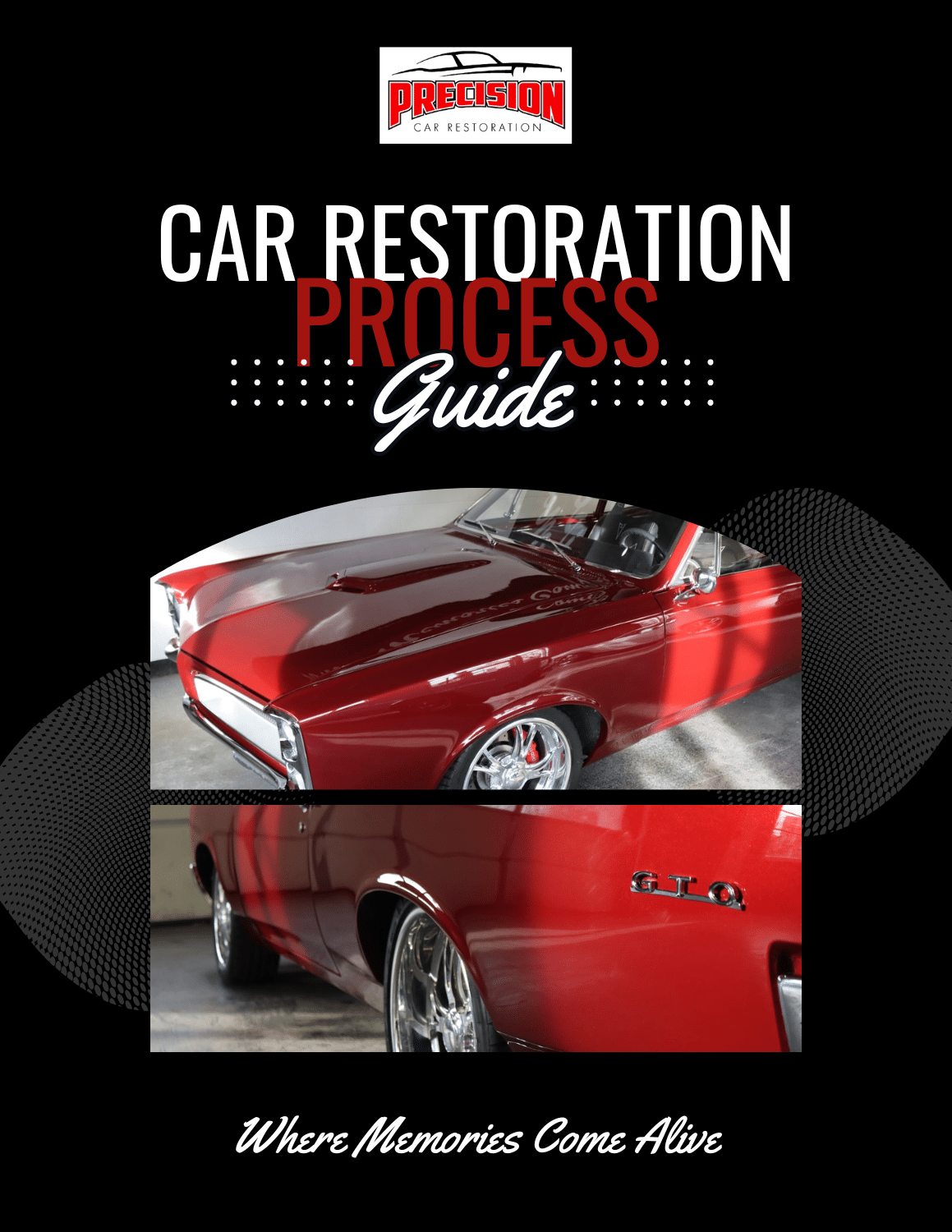With the typical Detroit classic car now pushing over 40 years in age, tackling a musclecar restoration project almost always involves quarter-panel repair. Their large size and proximity to the rear tires makes quarter-panels very prone to dings, dents, and rust damage. Depending on the situation, you can patch the quarter-panels, install new skins, or replace the entire panel. All three of these options have benefits and drawbacks. As with any rust repair, taking the right steps and using the proper techniques will ensure long-lasting results.
The number one factor that may make your decision for you is the availability of parts. For example, if you are working on a ’69 Camano you have many options. On the other hand, if you need to repair the quarter-panels on your ’64 Ford Falcon, you may have some trouble finding the panels you want. Likewise, when you start to assess the rust area that needs to be repaired, there are several important issues to keep in mind. First is the location of the rust. Most rust forms in front of and behind the rear axle, as well as in the window frames. Many times you can find replacement panels for these areas. Patch panels come in a multitude of dimensions depending on your vehicle, so if you decide to go this route take a few measurements to confirm that you have a panel that will fit your needs. A benefit of using patch panels is that they allow retaining as much of the original sheetmetal as possible. This makes it easier to maintain the original body lines and gaps. When replacing an entire quarter-panel, setting the door and trunk gaps can be difficult. On obvious drawback of patching a panel is that you might not catch all the rust that’s present. There may be hidden areas of rust that would only be revealed if the entire panel was removed.

Quarter-panel skins can be your savior or your worst enemy if not installed properly. These skins are large panels that coverage a lot of surface area. They usually have the entire wheel lip and edges folded over on the ends that wrap around them as well. If you decide to replace the quarter-panel skins here are a few things to keep in mind. Skins require a lot of welding skill. A weld seam that runs along the length of the quarter-panel, which is often required when installing a skin, can warp very easily. You must take your time when welding, and go slow to keep the welds clean. Another drawback is that you will have body filler from end to end. Body filler is not a bad thing if done right and in moderation, but if you are looking to keep it to a minimum, a skin will increase the amount of filler required. On the other hand, a major benefit of using a skin is that you can still keep you original gaps. Aftermarket panels sometimes need modification to re-create those nice factory gaps. Also, by removing the old section of quarter-panel, you will have access to you wheelhouses and inner structure to inspect, clean, or repair as necessary.
The last option is replacing the entire quarter-panel. These panels can be a huge time saver and also provide the biggest coverage area of all. Full quarters usually replace the originals in the factory locations, which means the welds stay in the stock locations as well. Full quarter-panel replacement will take care of rusted areas in the rear window frames, trunk jambs and door jambs. Full quarters also give you access to the wheel house, trunk drop, and any other inner body structures. Moreover, full quarters require the least amount of bodywork to make them straight, which keeps body filler to a minimum. Of course, there are some drawbacks to using full quarters. The biggest concern is that the quality of aftermarket replacement panels can be a problem. These include fitment issues, stamping issues, and general line-up issues. New old stock (NOS) parts are great if you can find them, but are very pricey.
In conclusion, there are several ways to repair rusted quarter-panels, and knowing the pros and cons of each method makes the decision-making process much easier. These are just a few of the options, and every car and situation is different. So whether you decide to patch it, skin it or replace it, taking the right steps during you restoration will ensure a long-lasting repair.




